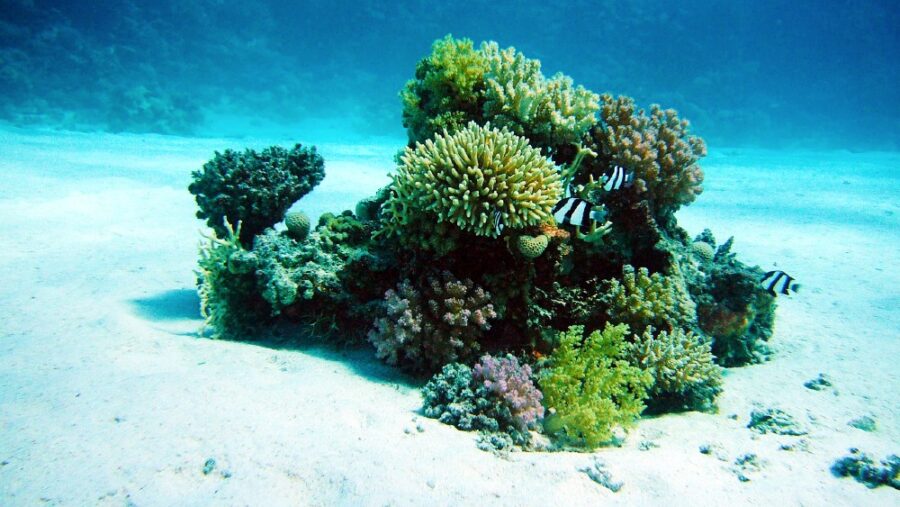Aquatic Species Facing Extinction After 5 Billion Died In 3 Years

The sunflower sea star, once a mighty predator of the Pacific Ocean floor, has rapidly approached extinction in the last decade. The Nature Conservancy estimates that the population of this fascinating marine creature, boasting 24 limbs that can stretch out to an impressive four feet, has decreased by 5.75 billion in just three years. The result is a 94 percent global population decline.
The number of sunflower sea stars living today has decreased by 94 percent in the past three years.
According to The New York Times, climate change is the primary culprit behind this devastating loss. The rising ocean temperatures triggered the “sea star wasting disease.” Scientists worldwide have been racing against time to unravel the mysteries of this mysterious illness and devise strategies to rescue the sunflower sea star.
Despite their charismatic nature, sunflower sea stars play a vital predatory role in the ecosystem. Known for their ability to move swiftly in kelp forests, they prey on sea urchins and other invertebrates that feed on kelp beds. However, in 2013, millions of starfish along the Pacific Coast, from Mexico to Alaska, began to die.
The Blob Begins To Wipe Out The Starfish Population
Coincidentally, this was the same year that parts of the Pacific Ocean experienced an unusual and prolonged warming event, referred to as “the Blob.” Affected starfish displayed white lesions on their limbs that gradually eroded the surrounding flesh, ultimately leading to their demise. While the sea star wasting disease impacted several species, sunflower sea stars bore the brunt of its devastation.
This species is believed to be functionally extinct in California and Oregon, implying that the population has dwindled to a point where it no longer plays a significant ecological role. In recognition of the situation, federal officials recommended the inclusion of sunflower sea stars in the Endangered Species Act last March as the consequences of their decline ripple through the marine environment.
The absence of enough sunflower sea stars has increased sea urchins, leading to the devastation of California’s kelp forests, often referred to as “the lungs of the ocean” by marine biologists. While researchers are working to restore the population, progress has been led by the Aquarium of the Pacific in Long Beach, California, and the Henry Doorly Zoo and Aquarium in Omaha.

The Birch Aquarium, situated at the University of California, San Diego, possesses one of California’s largest captive populations of sunflower sea stars. Until recently, however, they were unsure of the gender of their sea stars. To determine their sex, researchers initiated a spawning process. In their natural habitat, sea stars release eggs and sperm into the water, where they fertilize spontaneously.
This species is believed to be functionally extinct in California and Oregon, implying that the population has dwindled to a point where it no longer plays a significant ecological role.
At the Birch Aquarium, hormones were administered into the legs of three sunflower stars, each about 50 inches in diameter. After a few hours, these sunflower sea stars began to tent up, similar to a yoga pose, and eggs and sperm began to appear, which were carefully collected using glass pipettes. The genetic material was promptly cryogenically frozen.
Melissa Torres, an aquarist at Birch Aquarium leading the project, expressed optimism about the future of the sunflower sea star. “There [are] a lot of opportunities for good genetic diversity across the board with all of our different institutions working together,” she said. However, she emphasized that further testing is required to assess whether offspring can withstand disease or parasites.
The ultimate goal is to create multiple generations of these sea creatures, an endeavor that has achieved success at the Friday Harbor Laboratories in the San Juan Islands. While it took three years for the lab’s juvenile sunflower sea stars to mature sufficiently, the researchers successfully completed their entire life cycle last February.












